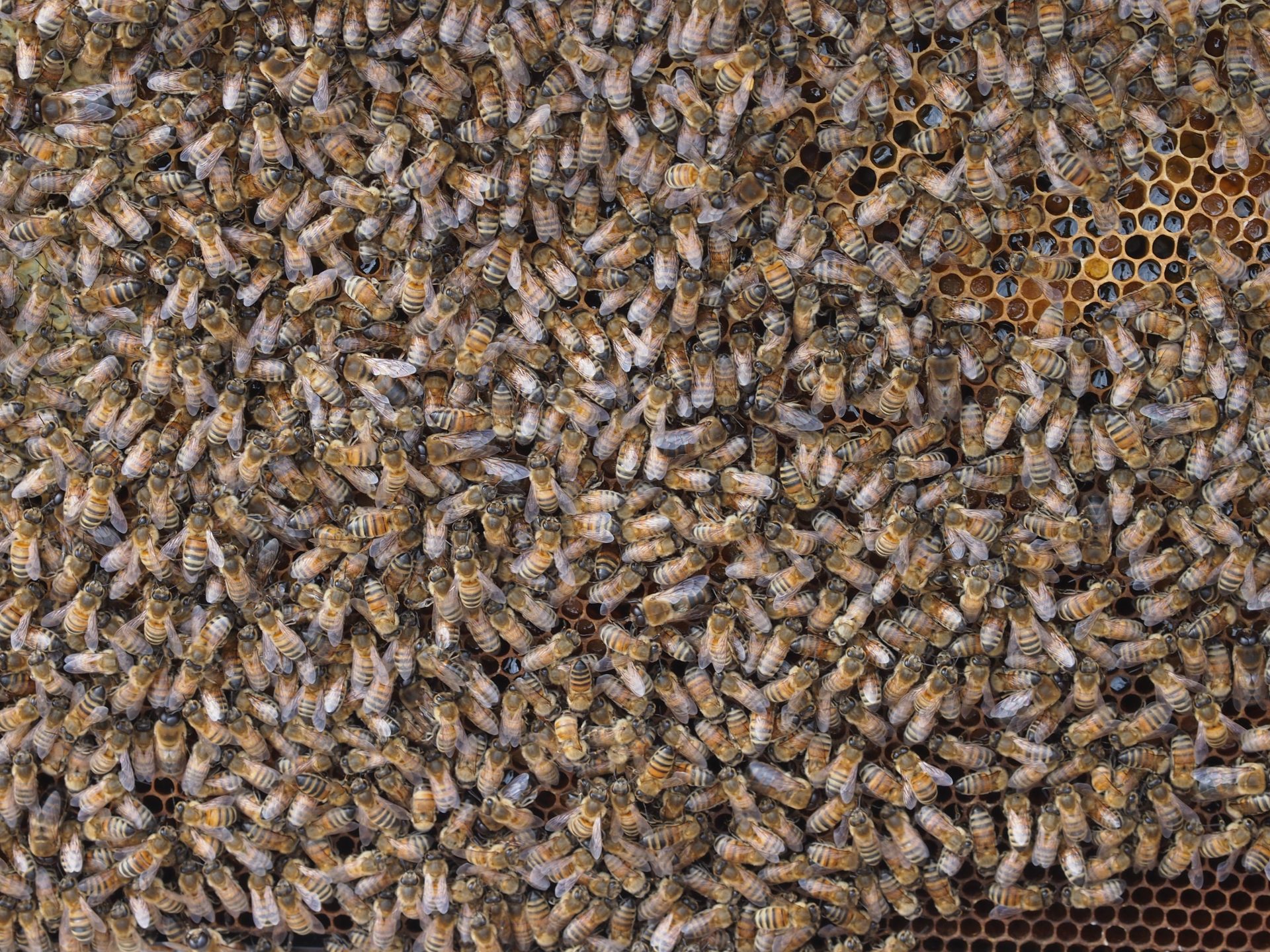Many beekeepers spend a lot of time looking for the queen in a hive, but I’ve never found that to be a useful way to spend my time. It is a fact that you never need to find the queen bee unless you plan to replace her. The only thing you need to identify in the hive, to ensure the queen is still doing her job, is eggs. If you see eggs, your queen is fine. Move on to the next hive.
Searching for the queen can leave your hive open too long, stressing out the colony. Maintaining a consistent temperature in the brood area is important because if it cools for too long, that could be detrimental to the offspring. The nurse bees will also have to increase their efforts to keep the brood warm. This is a bigger issue on a cold spring day than a hot July afternoon. But, it still stresses out the hive, and a stressed hive is more susceptible to disease and infestations.
Another issue is that occasionally while searching for her, you will either “roll” her between the frames, which could kill or maim her, or she could fall from the frame onto the ground where she would have a hard time getting back into the hive. In both instances your hive would have to create a new queen, slowing down honey production for at least four weeks.
And finally, bees find their way around the hive using chemical signals. There is too little light, if any, in a hive for them to navigate visually. Opening a hive can disrupt these chemicals which makes it harder for bees to get around. Warré noted this in his hive designs and was so keen on avoiding opening the hives that he developed the nadiring system to reduce opening the hives as little as possible.
Disrupting a colony as little as possible is a positive step to a healthier hive and leaving the queen alone will reduce intrusion time.

